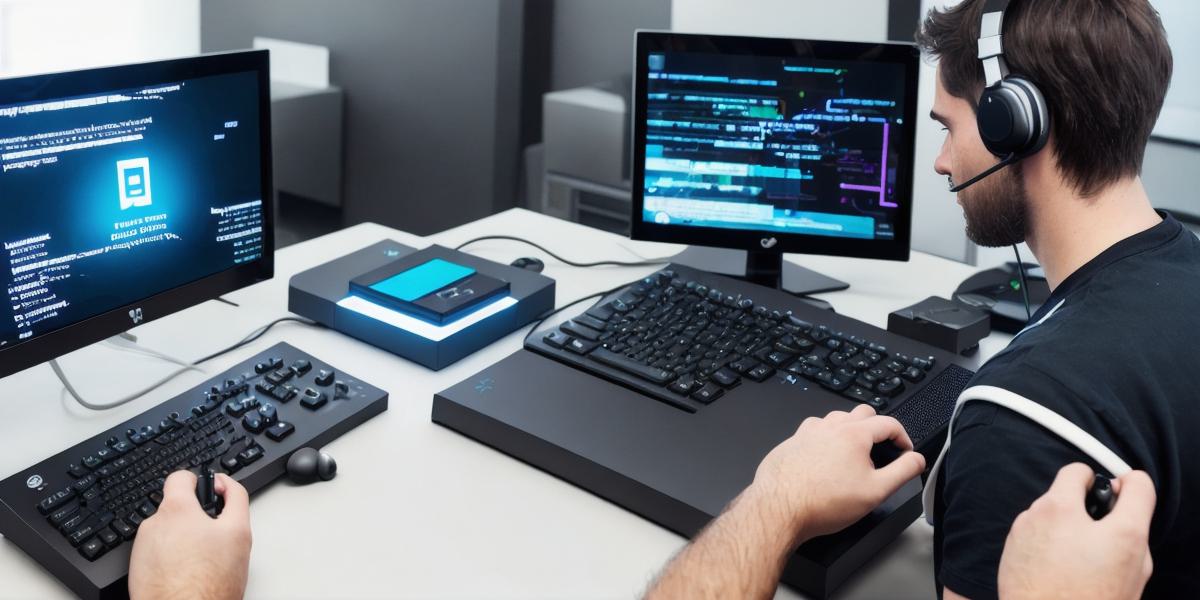Unity is one of the most popular game development engines on the market, and it’s no wonder why. With its intuitive interface, powerful tools, and vast library of assets, Unity makes it easy for developers of all skill levels to create engaging and interactive games. But what if you want to take your Unity skills to the next level and start developing your own packages? In this comprehensive guide, we’ll explore everything you need to know to get started with creating Unity packages.
What are Unity Packages?
Unity packages are essentially collections of assets that can be imported into Unity projects. These packages can include anything from 3D models and textures to scripts and sound effects. By using Unity packages, developers can save time and streamline their workflow by reusing pre-made assets in their projects.
But what if you want to create your own packages? In this case, you’ll need to follow these steps:
Step 1: Choose Your Assets
The first step in creating a Unity package is to choose the assets you want to include. This could be anything from 3D models and textures to scripts and sound effects. The key is to choose assets that are relevant to your target audience and will add value to their projects.
Step 2: Create Your Package Folder
Once you’ve chosen your assets, the next step is to create a folder for your package. This folder should be named something descriptive and easy to remember, such as "MyPackage" or "MyAssets." Within this folder, create subfolders for each type of asset you’ve included.
Step 3: Export Your Assets
Once your folder is set up, the next step is to export your assets. To do this, simply right-click on each asset in the Unity editor and select "Export Package." This will create a .unitypackage file that can be imported into other Unity projects.
Step 4: Test Your Package
Before you publish your package, it’s important to test it to make sure everything is working as expected. To do this, simply import your package into a new Unity project and use the assets as needed. If you encounter any issues, make the necessary adjustments and re-export your package.
Step 5: Publish Your Package

Once you’re confident that everything is working correctly, it’s time to publish your package. To do this, simply go to the Unity Asset Store and create a new listing for your package. Be sure to include detailed descriptions of each asset, as well as screenshots and any other relevant information.
Case Study: Creating a Unity Package for a Virtual Reality Game
Let’s take a look at an example of how to create a Unity package for a virtual reality (VR) game. Suppose you’re developing a VR game that takes place in a haunted mansion.
